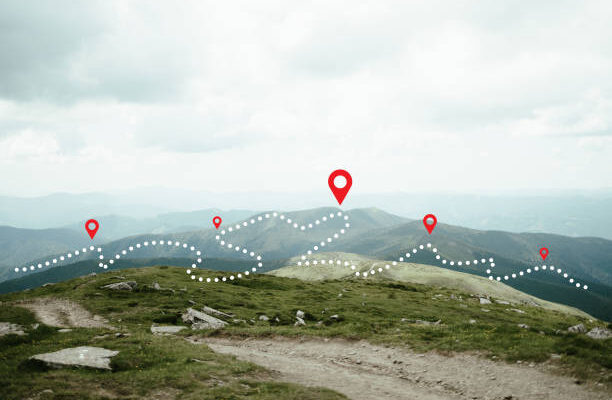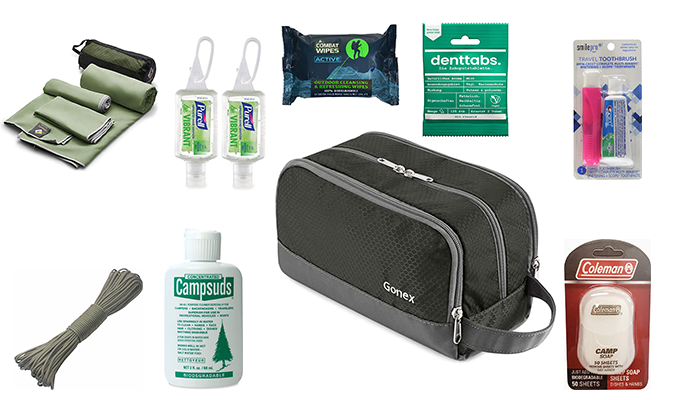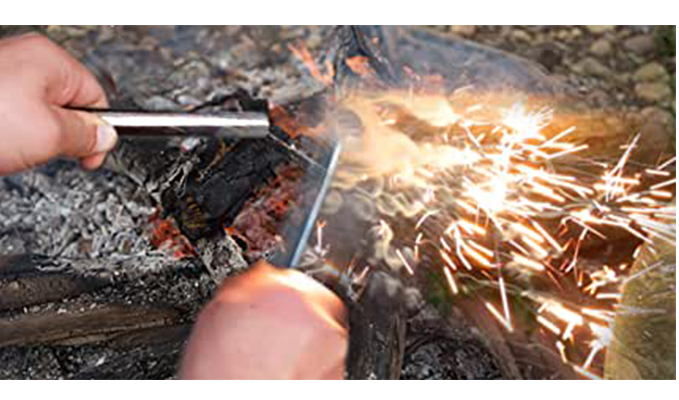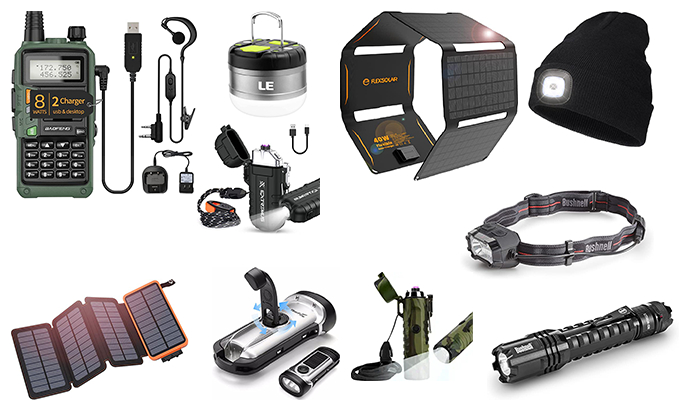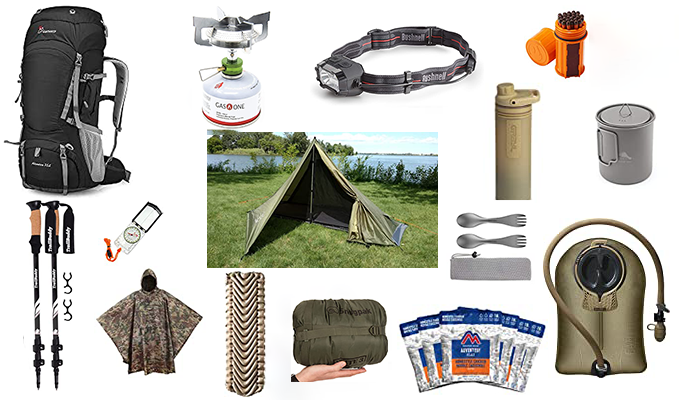Tips for Creating a Memorable Trekking Experience
Trekking is an adventure that requires careful planning to ensure that you have an enjoyable and safe experience. Here are some key steps to follow when planning your trekking itinerary:
- Determine your fitness level: Before planning your trekking itinerary, assess your fitness level and ability to hike for an extended period. Be honest with yourself about your capabilities and choose a trek that is suitable for your level of fitness.
- Decide on a destination: Once you have determined your fitness level, choose a trekking destination that is within your capabilities and aligns with your interests. Research the area you wish to trek in and make sure you understand the terrain, weather conditions, and cultural considerations.
- Choose a trekking route: Once you have decided on your destination, research the different trekking routes available and choose one that is suitable for your fitness level and timeframe. Consider the length of the trek, elevation gain, and difficulty level when making your decision.
- Create a trekking itinerary: Once you have chosen your route, create a detailed itinerary that includes the distance covered each day, the altitude gained, and the estimated time for each trekking day. Be sure to also include rest days and acclimatization days as needed.
- Determine the necessary permits: Some trekking routes require permits to be obtained before you can begin your trek. Check with the local authorities to determine the permits required and obtain them before your trek.
- Arrange for transportation: If your trek involves traveling to a remote location, you may need to arrange transportation to the starting point. Research the available transportation options and plan accordingly.
- Book accommodations and guides: If you are planning a guided trek or will be staying in lodges or campsites along the way, book your accommodations in advance. It is also important to book a guide if one is required for the trek.
- Pack and prepare: Once your itinerary is complete and your transportation, accommodations, and permits are arranged, it is time to pack and prepare for your trek. Make a checklist of all the necessary gear, clothing, and supplies and ensure that you have everything you need before setting off.
By following these steps, you can plan a trekking itinerary that is safe, enjoyable, and aligned with your fitness level and interests. Remember to always prioritize safety and be prepared for unexpected changes or challenges that may arise during your trek.
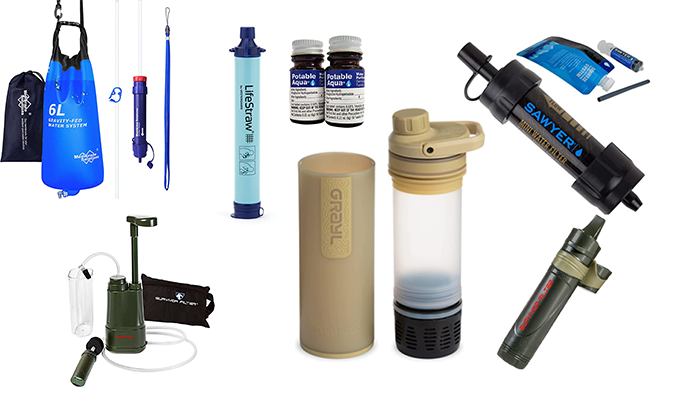
Water Purification While Camping or Trekking
Water purification is crucial while outdoors because consuming contaminated water can lead to serious health issues, including gastrointestinal illness and dehydration. When trekking, hiking, camping, […]


